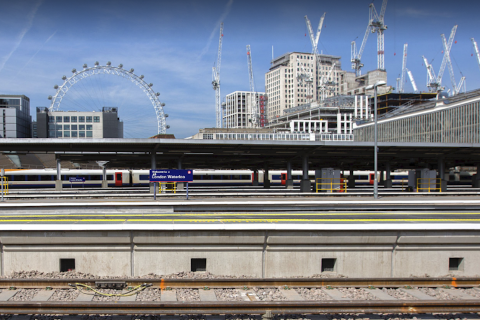What will 2023 bring for international European passenger rail?

Improving rail ticketing, more investments in high-speed rail, and better capacity allocation. That is what the Community of European Railway and Infrastructure Companies (CER) hopes to see in the next year. What is CER currently working towards? Executive Director Alberto Mazzola and Senior Policy Adviser Passenger Blaž Pongračič talk about it in this interview with RailTech.
Want to read more?
You have read all of your free premium articles for this month. Please become a subscriber to keep reading.
Subscribe now!
Take advantage of our exclusive offer to get full access to all premium content.




